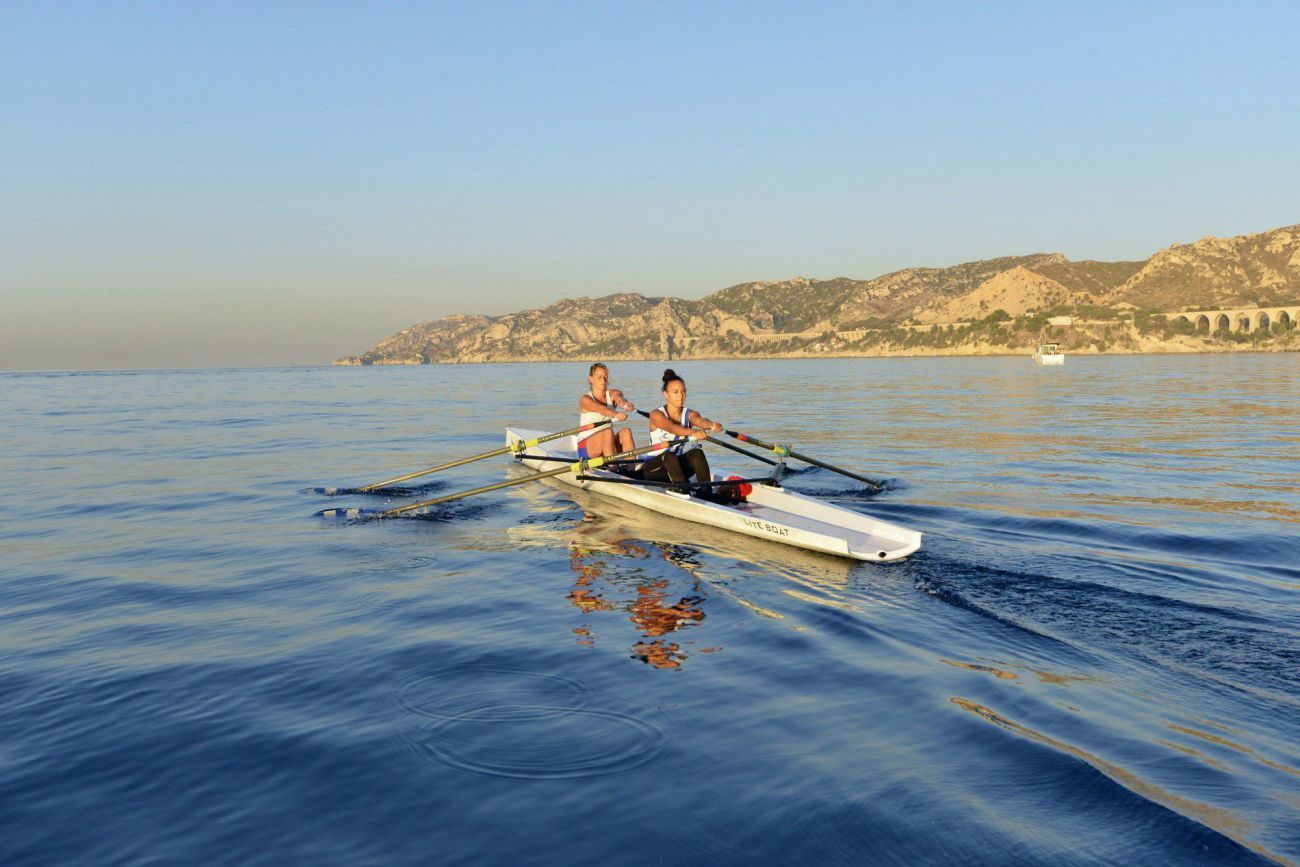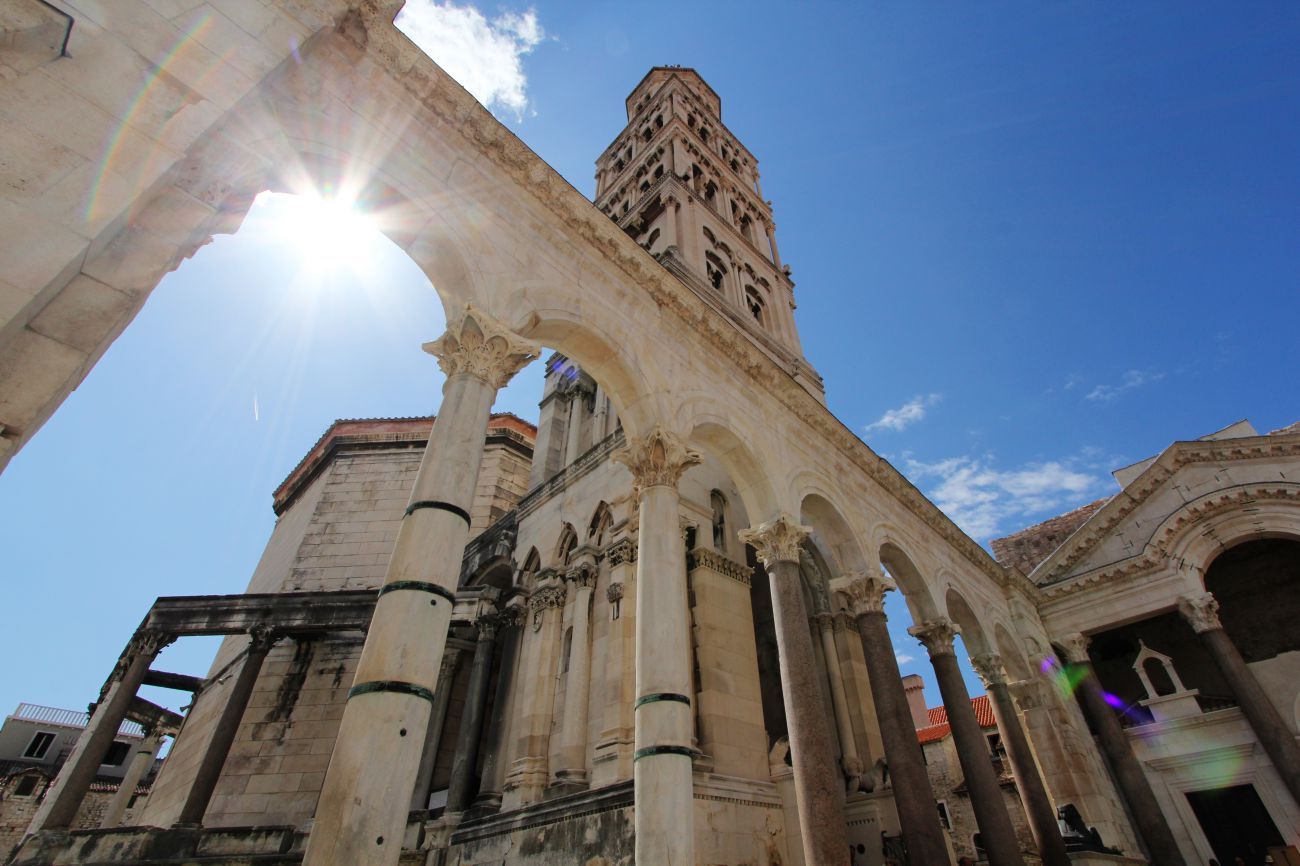
ERASMUS + SPORTS PROJECT with implementation between 01.01.2021. and 31.12.2022.
Open-water or coastal rowing is the relatively new type of rowing, kind of adventure side of this traditional sport. It involves rowing along a sea coast and/or out into the open sea. It is getting popular in Italy, France, Spain and Great Britain, to name a few, and has a steady-growing communities of rowers in these countries.
This project aims to bring together a number of teenage kids and the “older” population (60+) to learn new skills and do some shorter coastal tours.

Erasmus + Sport / Small Partnership Project In Coastal Rowing
Coastal rowing is relatively new type of rowing, kind of adventure side of this traditional sport. It involves rowing along a sea coast and/or out into the open sea. Coastal rowing boats are also used inland on some lakes where the water tends not to be flat, as well as for rowing touring.

Coastal rowing is easier to learn than flat-water rowing, due partly to the stability and robustness of the boats which differ from the Olympic-style, fragile and narrow, rowing boats. This type of rowing can be practiced by everyone, with no age or physical condition limitations. It is ideal for novices (first-time rowers) and seniors, as the boats are stable and virtually unsinkable while rowing technique required is very basic. The standard boats used in coastal rowing competitions are singles (or solo), doubles and quadruple sculls.
Rowing on choppy water, with a number of buoyed turns included, means that coastal rowing is quite different from the flat-water Olympic-style rowing in a straight line, which adds a whole new dimension to this sport. The coastal rowing course, for example, may be rectangular, triangular or of such other shape as may be suited to the location.
To become a good coastal rower, a person must be aware of waves, tides and currents, learn about the course's topography and know what to do in case of bad weather. Rowing at sea outside of channels and ports requires special attention to weather conditions, tides, water currents and general maritime traffic. All participants in this project will have to familiarize themselves with general international maritime navigation rules as well as the specific conditions of the area.
